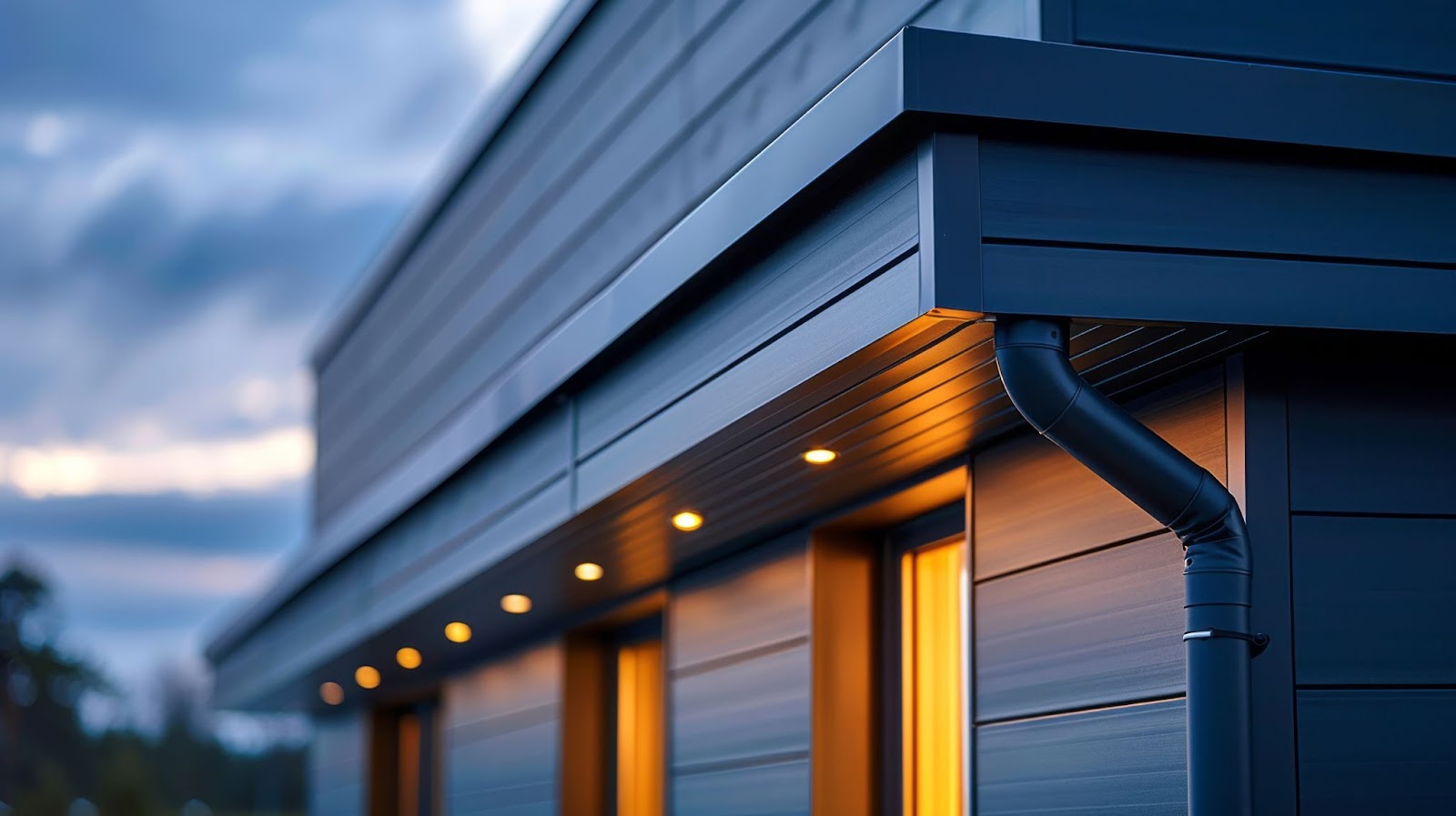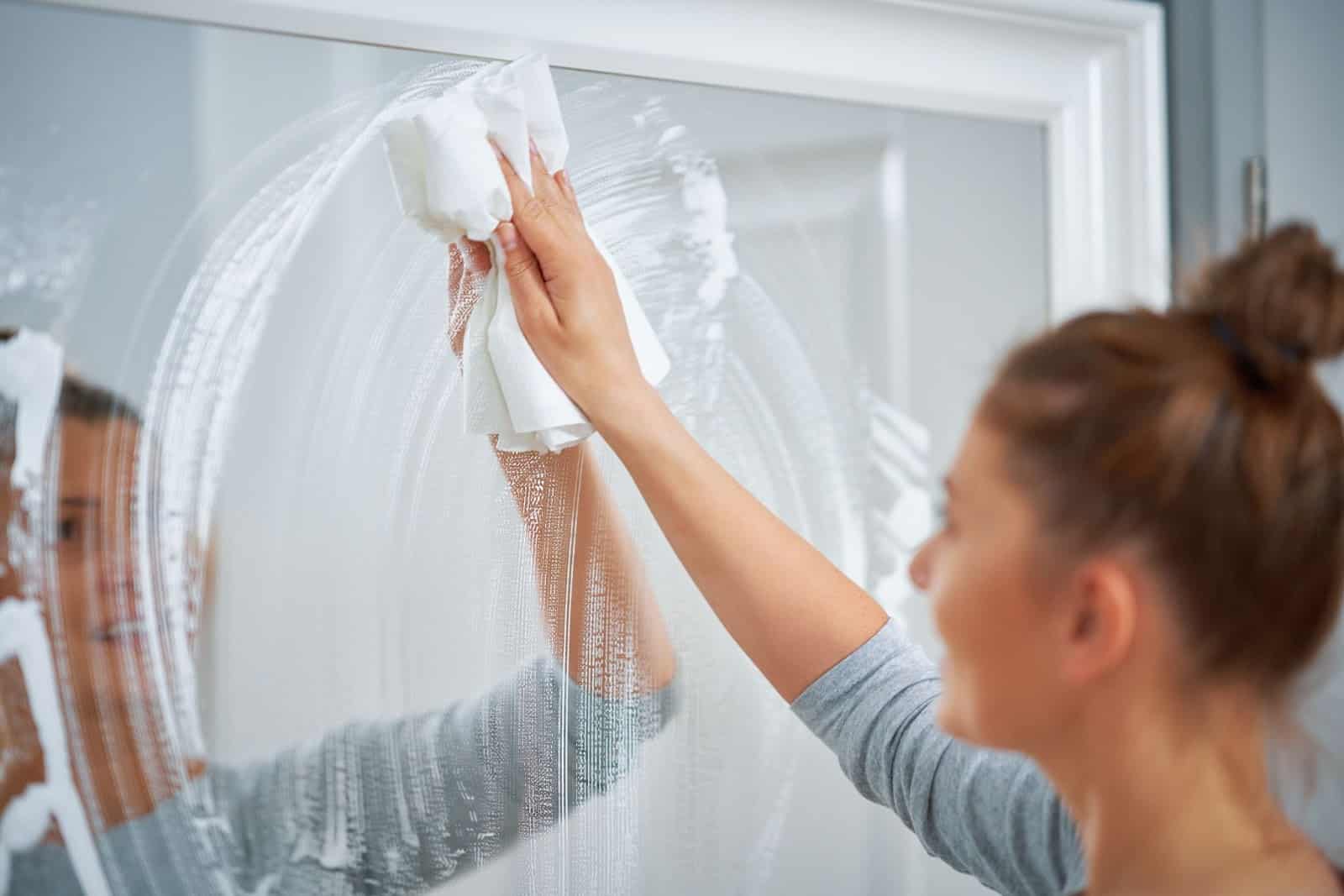If you are a property owner, one of the most important things to know is how to prevent mold, especially on your windows.
Mold on your window sills is more than just a silly inconvenience. Mold can easily spread and cause serious health issues to you and your loved one if handled immediately. It can grow in various environments, and because windows are prone to leaks and condensation, they are at high risk of developing a mold problem.
The good news is that cleaning small mold situations is something a homeowner can handle with ease, and mold prevention is simple, too. If you are dealing with mold on your window sills, you aren’t alone.
Continue reading to learn how you can clean it and stop it from recurring below.
Mold On Window Sill: Causes and Effects
Water buildup, resulting from condensation, high humidity, and leaks, is the main cause of mold on window sills.
Condensation happens when warm and cool air meet. For instance, if it’s incredibly cold outside and your heater is running on full blast, your windows will come into contact with cold and warm air, which could result in condensation. The most common place for condensation is between window panes (double or triple panes), but it can also affect the sill.
High humidity can also cause water beads to form on window sills, resulting in mold. High humidity often occurs during hot summer days and evenings. Another common cause of mold is a leaky window. Windows left leaking can develop mildew, mold, and even rot.
It is not uncommon for mold problems to occur around windows; however, they often go unnoticed. If mold is not removed the instant it’s found, it can quickly spread to other areas of your home and compromise the air quality within your property. This can result in costly mold remediation expenses, stains, and odors.
Once an area is exposed to mold, the spores can cause infections, irritations, allergies, asthma, and other health and breathing problems. Did you know that 10% of Americans are allergic to mold? Many of these people also have asthma and other ailments. Individuals living with respiratory issues or mold allergies can become extremely sick if mold is in their house.
Mold on Window Sill: What Does It Look Like?
While mold on window sills can look a variety of ways, it typically looks like patches of brown, black, and green dots. It’s usually concentrated in one area and looks like splotches or blotches. Other times, the mold can look pink, white, or even yellow.
How to Clean Mold Off of Your Window Sills
The good news is cleaning mold from your sills is pretty straightforward. The EPA reports that, as long as the moldy area is roughly less than three square feet, you can handle the job yourself in most cases.
To begin, you’ll want to gather your supplies; all you will need is white distilled vinegar and paper towels. The acidity of the vinegar is often enough to kill mold spores and prevent them from recurring.
To clean the window sills, make sure to follow these steps:
- Fill a spray bottle with white distilled vinegar.
- Spray affected areas.
- Let the vinegar sit for at least an hour.
- Using a paper towel, wipe away mold and toss it in the garbage.
- Dry the surface with a clean, unused paper towel.
If any mold remains, use a scrub brush and a mixture of water and baking soda to remove it from the window. Then, lightly spray the affected area again with vinegar and allow it to dry completely. For stubborn mold spots, you may want to try using a bleach and water mixture instead of vinegar.
4 Ways to Prevent Mold from Regrowing On Your Window Sills
To completely prevent mold from returning to your window sills, it’s essential to address moisture issues on and around your windows. Here’s a short list of things you can do:
- Wipe Away Condensation — If the windows in your home are prone to condensation, use a dry rag to wipe it away each and every time you see it occur. Without moisture, most mold spores cannot grow.
- Fix Leaks — If your windows have leaks, you’ll need to have them repaired. If the leak is coming between the glass and frame, you can seal the area by applying a line of clear silicone caulk to the gap. If the glass is cracked, the pane will need to be replaced.
- Manage Humidity Levels — In the summer months, the humidity in your home should not exceed 50 to 60%. During the winter, humidity levels should sit around 30 to 40%. Run a dehumidifier to lower humidity levels if necessary.
- Replace Windows — If your windows are over 20 years old and leaks and condensation are recurring issues, it is probably time to replace them. You should say goodbye to leaks and condensation problems with windows featuring double or triple panes and a Low-E coating.
Mold Prevention in Other Areas Surrounding Your Windows
While the various parts of your windows grow mold for various reasons, preventing mold from growing on and around your windows is surprisingly easy. Here are some tips and tricks to prevent mold from growing on the other parts of your windows:
Preventing Mold on Window Panes — Glass window panes are not organic and, generally speaking, should not be an environment where mold can form. However, if panes have not been dusted or cleaned regularly, mold can easily grow on the glass itself.
Moreover, if moisture becomes trapped between panes, mold can grow. It can also grow on windows if the window seal is broken, and moisture can easily accumulate. If either of these is the case, it may be time to get new windows since you cannot clean the area between panes.
Prevent mold on your glass window panes by keeping them dry and clean. You can also reduce the condensation on your windows using a dehumidifier when necessary.
Preventing Mold on the Window Frame — Window frames are usually made from wood or aluminum; both types can develop mold. Aluminum frames can accumulate dust, rich in organic matter, in the joint where the frame and glass meet. This area also can trap condensation near the windows, making it the perfect breeding ground for mold growth.
Any moisture trapped in the same area in wooden window frames is enough for mold to grow. Damp wood is an ideal meal for mold. To prevent mold growth, make sure the joints between wood or aluminum frames and the glass are free from moisture and dust. Bi-weekly cleanings of these parts of your windows should be enough to stay ahead of any issues.
Preventing Mold Between Glass Panes — Mold is a persistent and frustrating problem homeowners sometimes have to deal with, especially when it develops between panes of glass. This occurs when excess moisture or condensation gets trapped within the frame, creating an environment for mold growth.
Thankfully, mold prevention is relatively easy. By keeping the area clean, dry, and well-ventilated, you can usually avoid this problem. Wipe down frames and sills often and use a fan or dehumidifier to reduce excess moisture. If necessary, you may want to think about investing in new windows that are energy-efficient that are made to increase airflow and minimize condensation.
Preventing Mold on Window Tracks — Modern aluminum windows have tracks to help the windows slide open and shut. While a helpful addition to windows, they have the tendency to accumulate dust and moisture and are challenging to keep clean, making it a perfect place for mold to grow.
Weekly or bi-weekly cleanings ensure your window tracks are free of dust and mold. Use a brush to dislodge dust, then vacuum the area to ensure it’s clean and dry.
Mold on Window Sill: FAQs
Q: Is using bleach the best way to kill mold on my window sill? What about rubbing alcohol?
A: Bleach can kill various types of mold spores; however, it does not kill all types. If you try to get rid of mold using bleach, you could accidentally leave behind spores, allowing them to regrow. Rubbing alcohol can also kill some types of mold, but not all. We’ve found the best solution is white distilled vinegar, which eliminates the mold at its source. It is both safe and extremely effective.
Q: Is it possible for window AC units to cause mold on my window sill?
A: Yes, window AC units can cause mold to grow on your window sill. It’s likely causing condensation on your window, leading to mold growth.
Q: What do I do if the mold has spread from my windows to the walls?
A: Once mold has spread from windows to the wall, the issue becomes a bit more serious. The presence of mold on windows and walls can cause intense health problems, especially for young people. It can also lead to bigger structural issues within your home. In these cases, hiring a mold remediation specialist who can safely and effectively remove all traces of mold from the property is necessary. If the mold has caused extensive damage, you will need to replace entire pieces of your walls.
Q: Is the mold on my window sill dangerous?
A: It could be! Some types of mold can produce toxic mycotoxins, such as black mold, which can make humans and animals sick. Black mold toxins can result in serious cases of mold poisoning. However, typical window sill mold does not pose a serious health threat, but it can trigger allergies that come with uncomfortable and bothersome symptoms. These symptoms can include watery or itchy eyes, sneezing, coughing, runny nose, dry skin or rashes, and more.
Q: Are there any other ways to prevent mold from developing on windows?
A: If you have mold around your windows, fresh, dry air and effective surface cleaners are not always the answer. Moisture can easily accumulate around windows that are not properly fitted, creating a haven for mold to grow and spread. If this sounds like your situation, you may want to consider investing in new windows from a trusted supplier and installer.
Prevent Mold With New Windows From Mountain States Windows & Siding
In some cases, the best way to prevent mold from growing on your windows is to replace them, and the experienced professionals at Mountain States Windows & Siding can help!
Whether your windows are old and ineffective, leaky, or broken, windows that cannot function properly are more susceptible to mold growth. If you are ready to improve the look and functionality of the windows on your property, our trusted team is here for you.
Our team has worked tirelessly for our amazing reputation and is proud to be known as a trustworthy, hassle-free, and professional home improvement company here in Northern Utah. We strive to give our customers more than just quality windows and siding; we also strive to offer them the highest level of customer service out there.
Anyone who has worked with the Mountain States team can attest that we stand behind our work and products.
Homeowners want a trusted, highly qualified company to get the job done when it comes to remodels and renovations, from siding to windows to bathroom and kitchen renovations (we do that, too!). We are proud to be that type of company.
We promise our customers professional service with open and honest communication. We are always upfront about all of our processes and any accompanying costs along the way. We also understand the importance and serious nature of the budget, so we are dedicated to staying within yours.
At Mountain States, we provide quality materials and products that are sure to improve the look, value, and function of your home or business.
When you choose Mountain States Windows & Siding, you can rest assured you will receive honest, friendly, and premium service with a smile. We serve businesses, residents, and all other properties along the Wasatch Front, including Salt Lake City, Lehi, Payson, Park City, West Valley, and surrounding cities.
Contact the team at Mountain States Window & Siding today to learn more!




